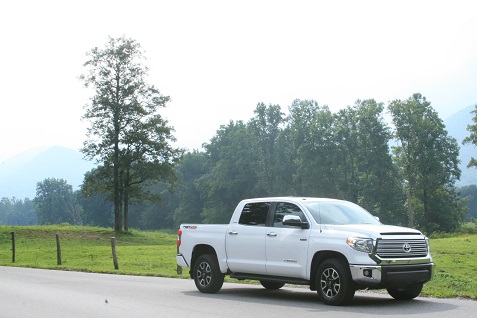Rain, Wind, Sun or Snow: Safe Driving in Severe Weather

When it comes to driving conditions, you never quite know what to expect. Whether you’re here in the US or overseas, you can experience blazing sunshine and then heavy storms all in the space of 24 hours.
Driving in severe weather conditions is all about being prepared and knowing what to do. Once you have the confidence and knowledge required, you should be able to cope with anything the skies have to offer.
Here are some tips and advice to help you drive safely and be prepared at all times.
Reduce visibility
In driving rain and other extreme weather conditions, this often leads to reduced visibility.
You should use your headlights whenever visibility is reduced and that is the law in many jurisdictions. Too many motorists only consider using their headlights when it gets dark or when there are foggy conditions. If you can’t see easily beyond a distance of more than 100 metres then switch your lights on and use your fog lights when required.
Do remember to turn off your fog lights when the visibility improves, so that you are compliant with the required road regulations.
Extreme temperatures
Both extremes have the capacity to be dangerous if you are not fully prepared.
Extreme heat
Hot weather can definitely cause potential hazards on the road, especially your tires. Pay particular attention to your tires when the temperature is very high, as the wrong tyre pressure in them can lead them to overheat when the weather boils over to 90F.
Also make sure that the engine oil is at the right level and that the water levels in the radiator are also sufficient to allow everything to cope and to avoid the prospect of an engine fire or a very scary high-speed tire blowout.
Extreme cold
Cold climates definitely present a multitude of different challenges and when temperature gauge falls close to or below freezing, any frailties in your car and your driving skills will often be quickly exposed.
Sometimes actually getting into your car in the first place presents a serious challenge in itself. If your locks are frozen over and your key won’t work, it can often be better to leave it to an expert service like AutoLocks to help you gain access without causing any damage.
The main point to consider when faced with wintry conditions is that you and your car need to be primed and ready to deal with the weather and changes in road conditions.
Your car needs to be in optimum condition to cope with the cold and that means getting it serviced regularly and ensuring the antifreeze levels are correct and that your engine coolant is checked frequently as well, during a cold period.
Check your speed
Speeding is never a good idea in your car as it puts your driving skills and the car itself under much greater pressure and increases the prospects of an accident or a breakdown.
Speeding in extreme weather is an even worse idea. High speeds will quickly overheat your tires and speeding in icy or snowy conditions would be highly unsafe for a whole host of obvious reasons.
Regular maintenance
It is a good idea to check and maintain your vehicle on a regular basis. It will also help your car to be ready and able to cope more easily when faced with any extreme weather conditions.
Make sure that you check and refill the windscreen washer filler and aim to keep a spare top-up supply in the boot of the car. On a wet or snowy day, you will be using your windscreen washer much more frequently and if the fluid runs out, you run the risk of your vision being obscured.
Do also check your wiper blades at regular intervals. If you wash your car by hand, that is a good time to give them a quick check to make sure that the rubber is not worn or cracked. Windscreen wiper blades don’t cost very much to buy but they can be very valuable when trying to cope with bad weather on the road.
Adjust your driving
When the weather turns to freezing temperatures the conditions of the road can vary dramatically.
This means that you should adjust your driving to cope with the prevailing conditions. Allow yourself extra time to stop and be particularly careful on hills, where the inclination is to apply extra pedal power, only to find that it causes the wheels to spin.
Safe driving in extreme weather conditions is perfectly achievable as long as you look after your car and respect the road conditions with your style of driving.
Sam Matthews has been passionate about cars since his first peek at an engine as a child. With years of professional training and a deep interest in all things automotive, he often blogs about car maintenance, legal concerns, and other common questions.







